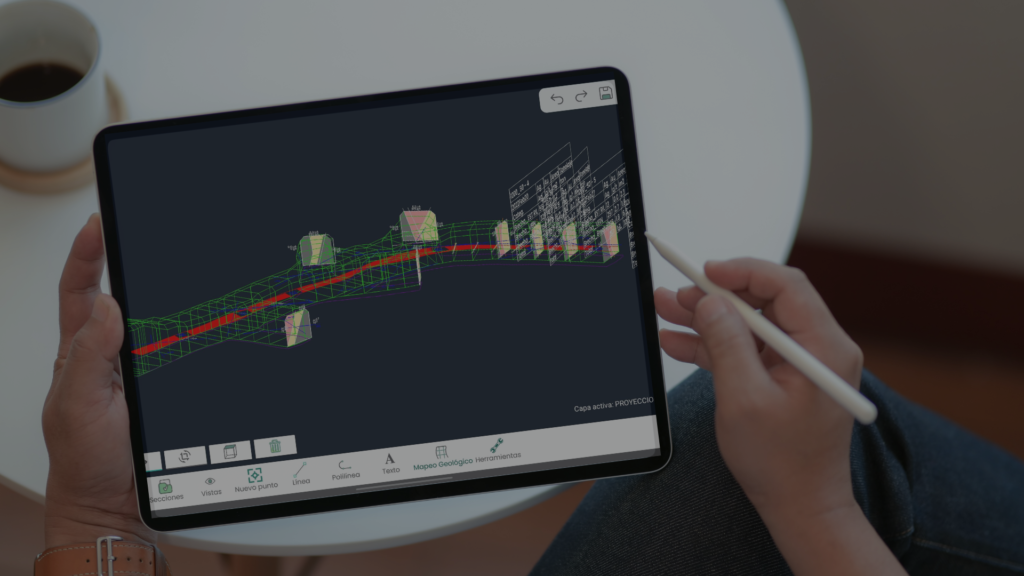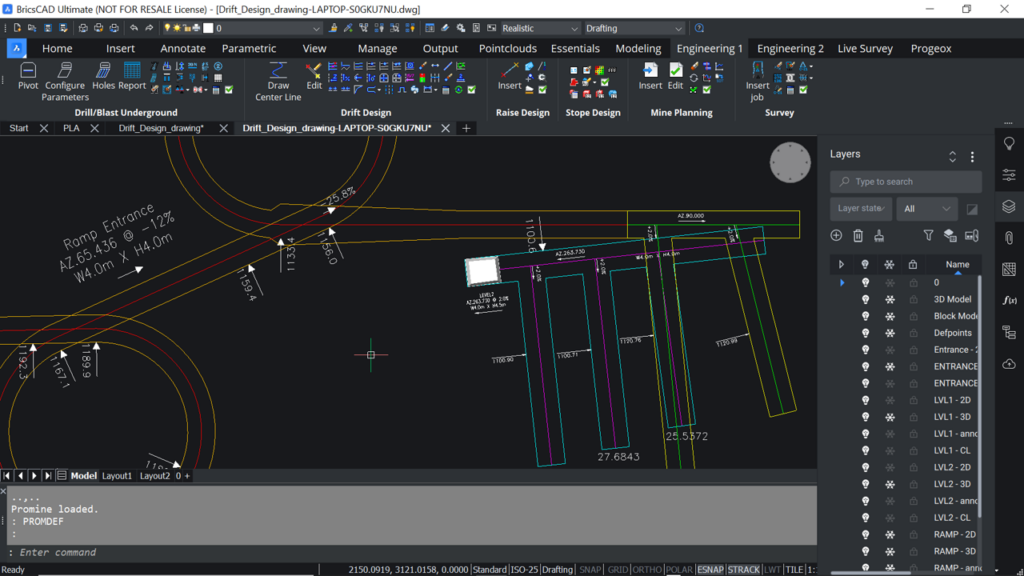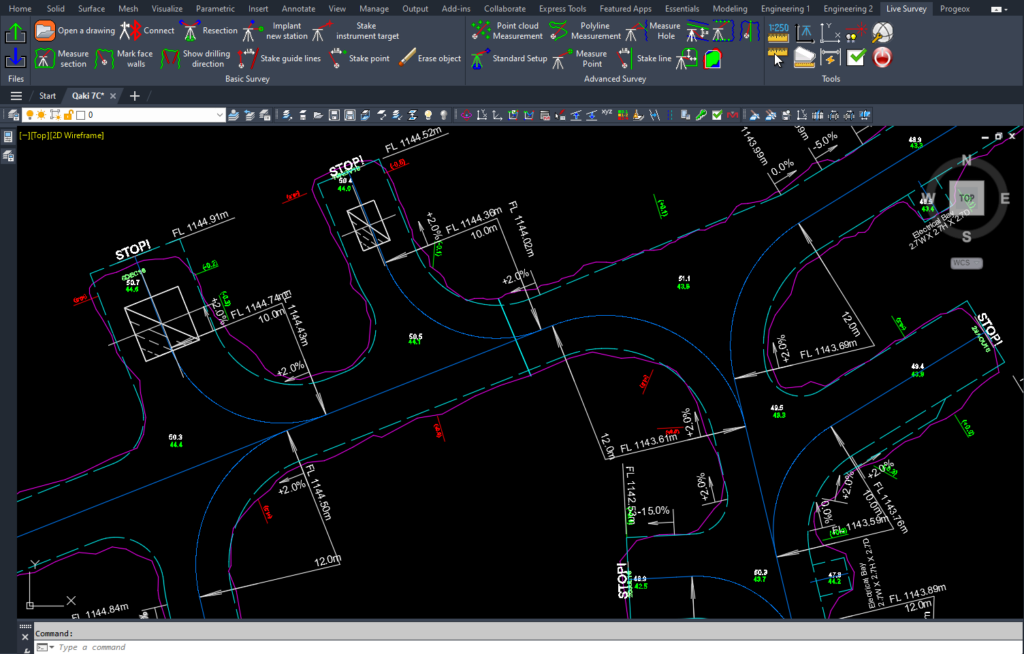Sustainability in mining is the minimization of negative impacts associated with the mining activity that could be caused on the environment, communities, and the economy. It is about engaging with the community to deliver positive outcomes from the society, as well as protection of the environment and enhancing the current and future human needs.
The mining industry removes and consumes a limited resource (valuable minerals) at a cost to surrounding communities and the environment. The regulation of mining activities often depends on national frameworks and policies, and therefore the application of sustainable principles can become challenging. By recognizing the social impacts of mining, enact laws and regulations, and establish essential community participation, companies could truly shift to a more “sustainable mining”.
There are different strategies to assess the sustainability of mining operations which include monitoring, measure, and work to improve various environmental performance metrics. Key metrics are represented by the resource consumption, minimizing land disturbance, pollution and closure and reclamation of exhausted mine lands.
According to the Charter of the UN and principles of international law, all countries exploiting their own resources own the rights to pursue their own environmental policies and they have the responsibility to ensure that activities do not cause damage to the environment of other areas beyond the limits of the jurisdiction.
The biggest challenges are implementing those existing regulations and the lack of political penalties, especially in developing countries where there is a slower acceptance of engagement towards a greener future.
Thanks to the technological advances, the benefits of the environmental strategies have increased while reducing the costs associated. Mining companies generate jobs and create economic benefits, thanks to the mine exploration, construction, operation, and maintenance. However, mining companies should consider other elements, such as community development and health.
More and more mining companies are embracing the opportunity of incorporating innovations into their operations and applying digital tools and technologies, that potentially will reduce the CO2 emissions and benefit in the long term the environment and community. A great example is at Semafo’s Mana mine in Burkina Faso, where a 20MW solar plant has been built by Windiga Energy. The surplus generated feeds the national grid and contributes to the economy of the country.
A key aspect for sustainable development is to integrate communities into the decisions taken. They are the ones who could benefit the most and pay the highest price for the mineral extraction.
References:
Casey, J. (2021, November 17). Seequent launches insight paper on the future of sustainability in mining. Retrieved from https://www.globalminingreview.com/environment-sustainability/17112021/seequent-launches-insight-paper-on-the-future-of-sustainability-in-mining/
Gorman, M. R., & Dzombak, D. A. (2018, June 28). A review of sustainable mining and resource management: Transitioning from the life cycle of the mine to the life cycle of the mineral. Retrieved from https://www.sciencedirect.com/science/article/abs/pii/S0921344918302076
18, S. M., Malan, S., Declaration, S., & Cutifani, M. (n.d.). How to Advance Sustainable Mining. Retrieved from https://www.iisd.org/articles/how-advance-sustainable-mining





